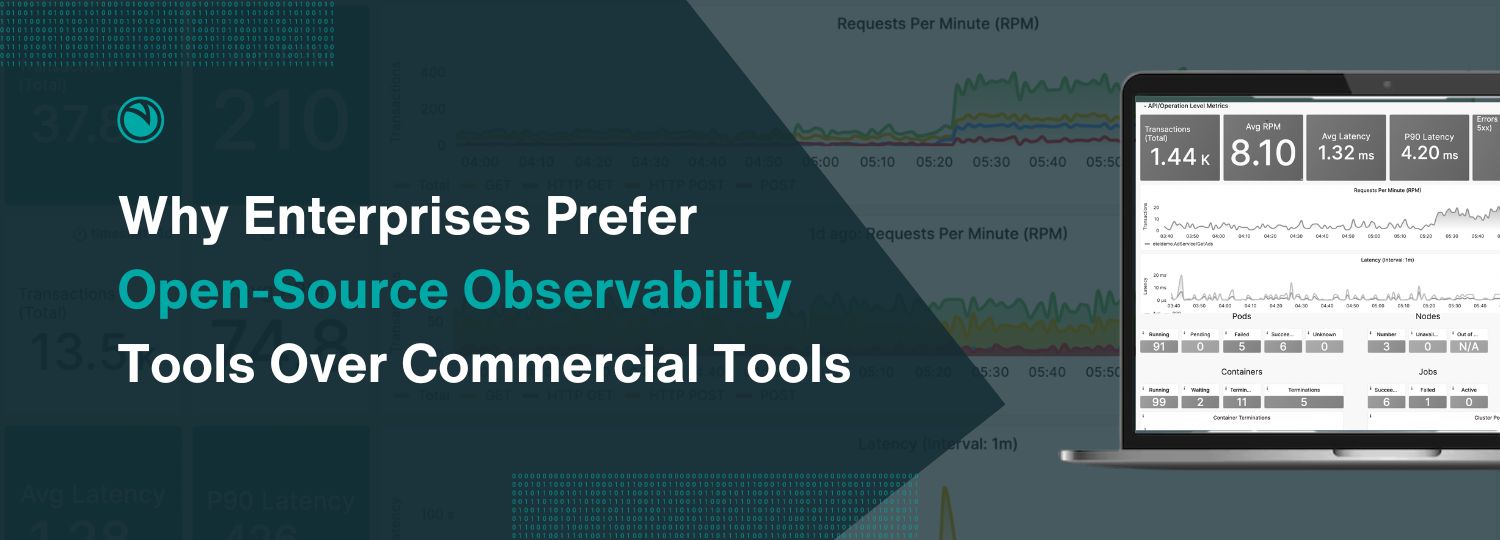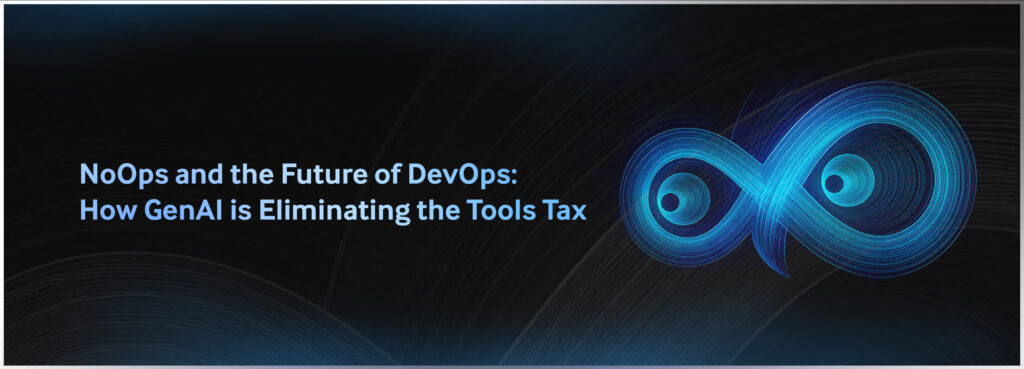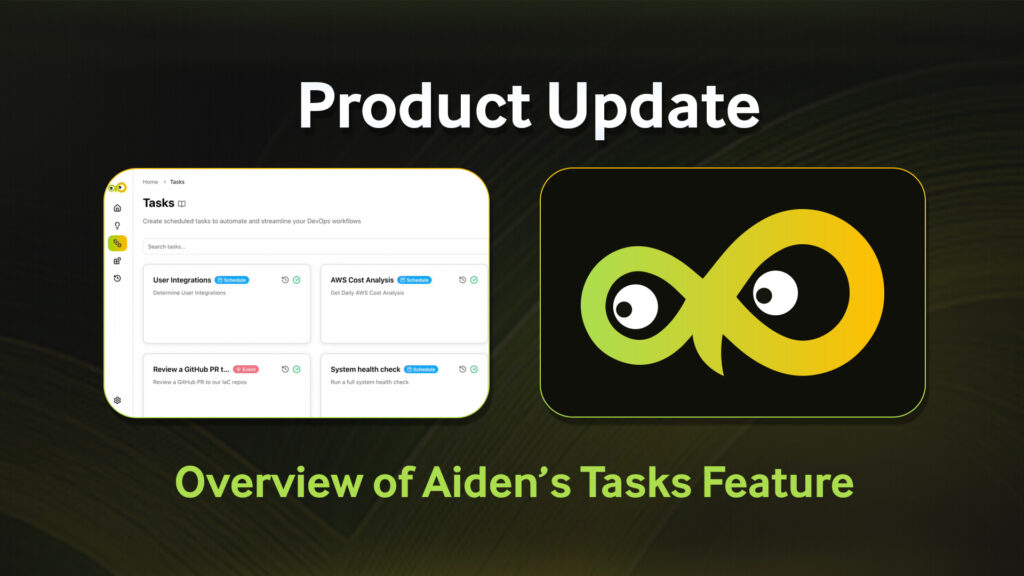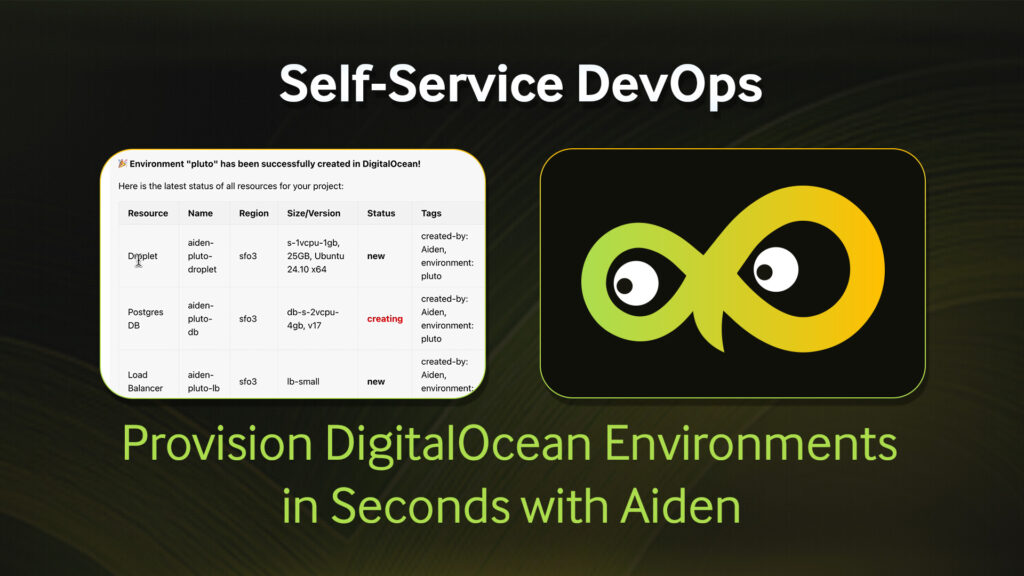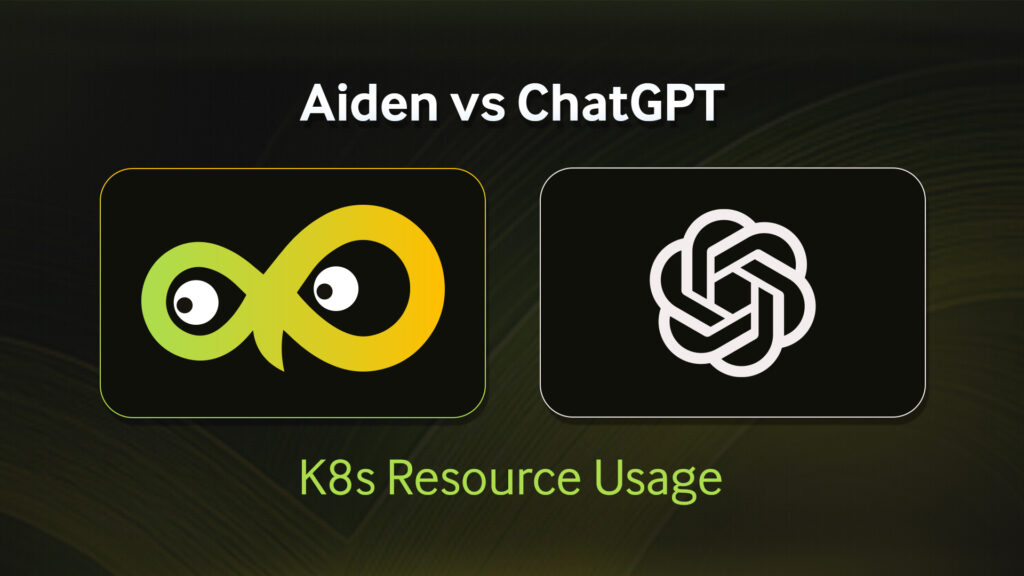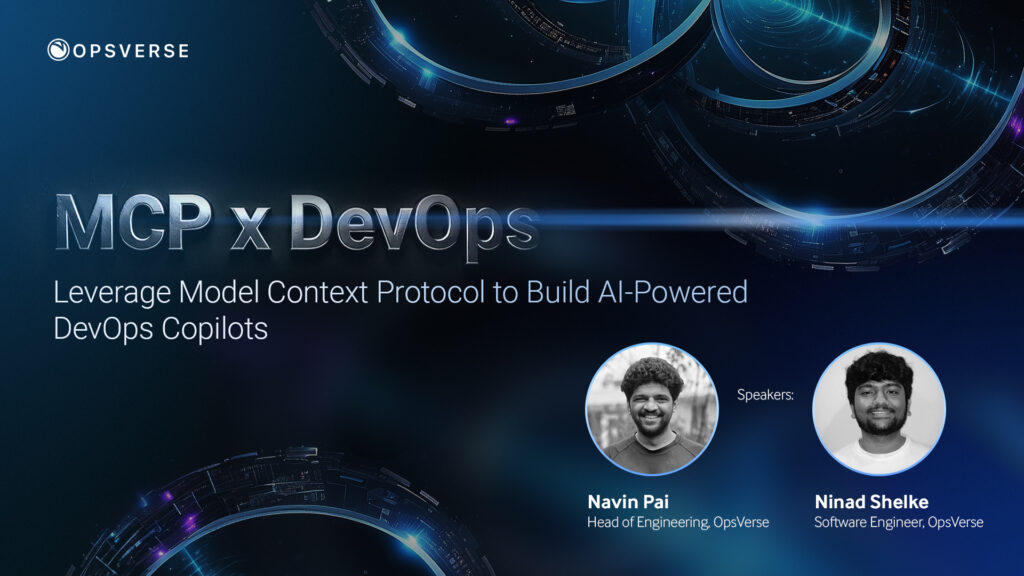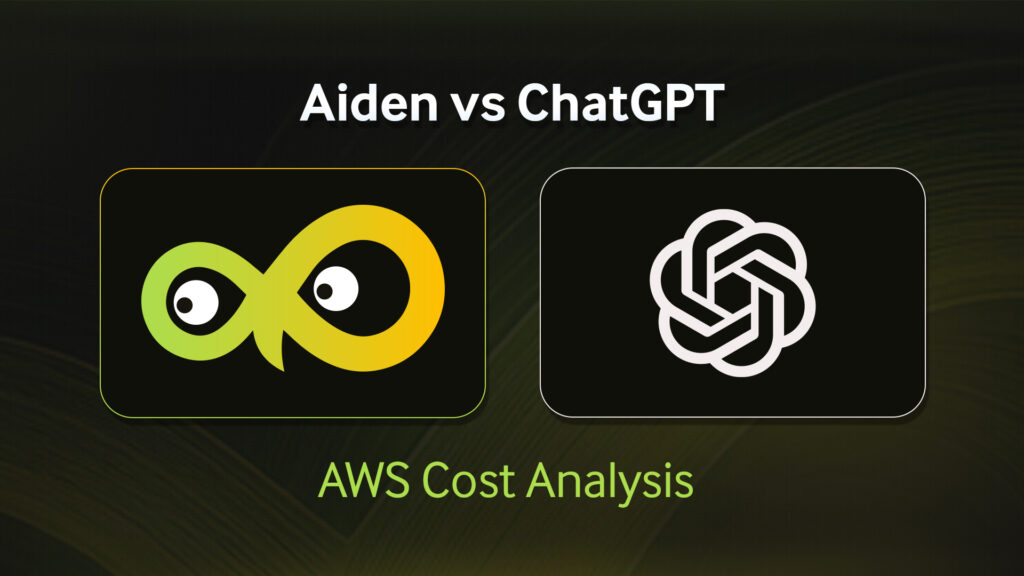Observability has become a cornerstone for optimizing the health, performance, and reliability of complex systems in DevOps processes. It refers to the ability to understand and analyze what is happening within a system by collecting, processing, and visualizing relevant data. As organizations navigate the intricate landscapes of digital transformation and evolving technologies, the need for robust observability tools has never been more critical.
In an era where downtime isn’t an option, observability empowers enterprises to proactively identify and address issues, fine-tune performance, and enhance the overall user experience. The depth of observability directly correlates to an organization’s ability to troubleshoot, optimize, and innovate. The 2022 Gartner Magic Quadrant for Observability Tools predicted a 30 percent increase in enterprises adopting observability solutions by 2024.
When it comes to implementing observability, enterprises are often faced with a dilemma: Should they opt for commercial tools or open-source solutions? Some of the commercial tools currently available in the market that provide broad enterprise offerings include Datadog, Dynatrace, and NewRelic. A few open-source contemporaries that leverage integrated open-source tools throughout their product sets are Logz.io, Grafana Labs, Signoz and OpsVerse.
Despite commercial tools appearing to dominate the market, the aforementioned Gartner report reveals a growing preference for open-source observability tools driven by their cost-effectiveness, flexibility, and strong community support. This blog will delve into the factors that elevate open-source tools over their commercial counterparts, examining them in-depth to uncover the reasons behind their growing prominence.
Cost-Effectiveness
Cost is often a major factor influencing the choice between commercial and open-source observability tools. While commercial observability tools typically come with significant licensing fees, open-source alternatives offer a cost-effective solution without compromising on functionality. Gartner estimates that enterprises can save up to 50% on observability tool costs by adopting open-source solutions.
Open-source tools reduce dependency on vendor-specific pricing models while providing financial stability and predictability. Furthermore, enterprises can allocate their saved budgets to other critical areas, such as cybersecurity or infrastructure improvements.
Absence of Vendor Lock-in
One notable advantage of open-source observability tools is the absence of vendor lock-in. Enterprises have the freedom to choose and switch between different tools without being bound by proprietary technologies. This flexibility empowers organizations to adapt to changing requirements, explore diverse solutions, and optimize costs. Additionally, the learning curve for open-source observability tools is lower as many engineering professionals are already familiar with their widely used technologies.
As for commercial observability tools, when organizations invest in a specific vendor’s toolset, they may find themselves bound to that technology. This can create challenges when attempting to switch to alternative tools or platforms. The proprietary nature of the data and integrations of commercial tools may not translate easily to other systems, which can be a major hindrance.
To mitigate this risk, enterprises often need to carefully evaluate the long-term implications of adopting a commercial observability tool. Factors to consider include data portability, interoperability, and the ability to seamlessly transition to different solutions if needed.
Flexibility and Customization
Enterprises often have unique requirements when it comes to observability. As mentioned in the above paragraph, open-source observability tools offer the flexibility and customization options that commercial tools may lack. Enterprises can extend these tools to suit their specific needs, enabling them to monitor and observe their systems in ways that are tailor-made for unique environments.
For example, ObserveNow, a fully managed open-source observability stack provided by OpsVerse, uses open-source tools such as OpenTelemetry, Jaeger, Grafana, Loki, Prometheus and Pyroscope that are customized and pre-packaged with key configurations, templates, and integrations to fit customers’ requirements.
Security
Observability tools often handle log files that can contain sensitive customer data. Enterprises prioritize the need to keep such data within their network or cloud for compliance and privacy reasons. Open-source observability tools offer a distinct advantage in this regard, giving organizations full control over the tool’s deployment. With the ability to deploy open-source observability tools within their network or cloud infrastructure, enterprises can ensure that sensitive data remains under their direct supervision, reducing the risk of data exposure. This level of control cannot be achieved with commercial tools.
Furthermore, the option of deploying observability tools within Private SaaS infrastructures, like ObserveNow provides, ensures that the observed data stays within the organization’s secure infrastructure, maintaining the highest level of compliance.
Community and Collaboration
Open-source observability tools are often attached to vibrant and engaged communities, resulting in powerful support networks. These communities function as collaborative hubs where developers, experts, and users join forces to share knowledge, solve problems, and drive innovation. Enterprises can benefit immensely from this collective expertise. This environment fosters a culture of continuous improvement, ensuring that the tools evolve to meet the dynamic and diverse needs of business.
Moreover, communities often contribute to the development of plugins, extensions, and integrations, further expanding the functionality of observability tools.
In contrast, enterprises relying on commercial tools may find themselves isolated when facing challenges, with limited avenues for seeking advice or tapping into a collective pool of experience. Also, the absence of a collaborative ecosystem means that they may miss out on the invaluable insights, tailored solutions, and continuous improvements that stem from an active community.
Transparency and Trust
Open-source tools are inherently transparent, ensuring that enterprises using them have full visibility into the source code. This enables teams to better understand, modify, and optimize the tools according to their specific needs.
On the flip side, transparency concerns often arise when it comes to proprietary commercial observability tools, particularly in terms of vendor lock-in. With these tools, enterprises become heavily reliant on a single vendor for updates, support, and future developments. This dependency can pose significant challenges, limiting an enterprise’s ability to switch vendors or migrate seamlessly to alternative solutions when needed.
Integration and Ecosystem
Open-source tools are built with flexibility in mind, facilitating smooth integrations with diverse tech stacks. On the other hand, integrating commercial observability tools into a diverse tech stack poses challenges due to proprietary formats and closed APIs. The latter’s rigid nature may require extensive customization and middleware, potentially leading to operational complexities and hindering the formation of a cohesive ecosystem that observability can feed off of.
Scalability and Performance
Open-source observability tools exhibit remarkable scalability, efficiently meeting the escalating demands of enterprise-scale operations. For instance, Prometheus, a popular open-source observability tool, excels in high-performance environments. It efficiently handles vast amounts of time-series data, enabling enterprises to achieve superior levels of monitoring and analysis without compromising on speed or reliability.
By comparison, commercial observability tools may encounter scalability challenges as their rigid structures and pricing models can hinder swift expansion in response to increased workloads.
The paradigm shift toward open-source observability tools is a testament to the evolving needs of modern enterprises. In the 2022 State of Open Source Report, 77% of respondents increased the use of open-source software in their organizations over the last 12 months.
As organizations increasingly prioritize the profound impact of flexibility, transparency, and community collaboration in the evolving tech landscape, open-source solutions emerge as the preferred choice. To stay at the forefront of this transformative wave, we encourage enterprises to explore the rich and diverse open-source observability landscape.
Explore ObserveNow observability stack from OpsVerse that integrates top-tier open-source tools to elevate portability, meet stringent data compliance standards, and initiate observation within minutes.

